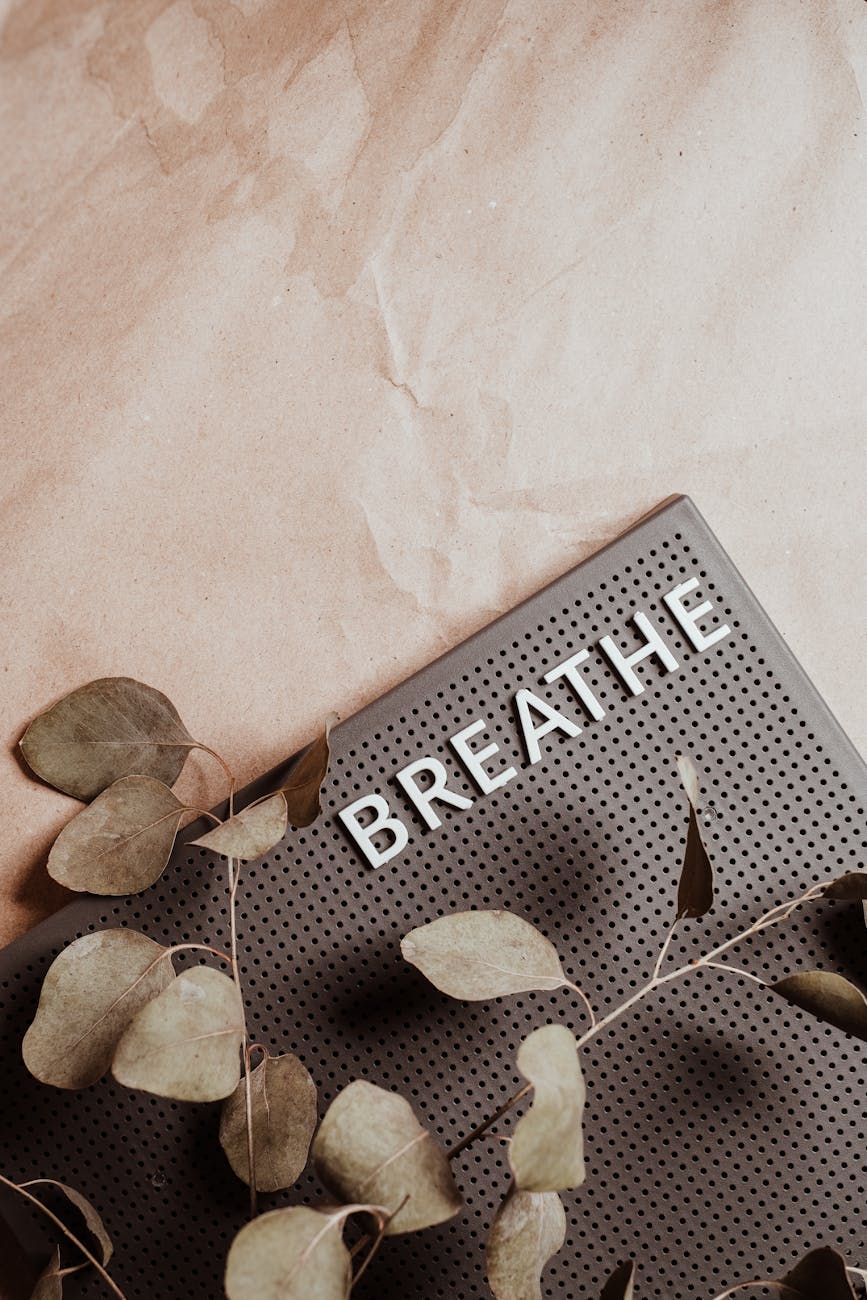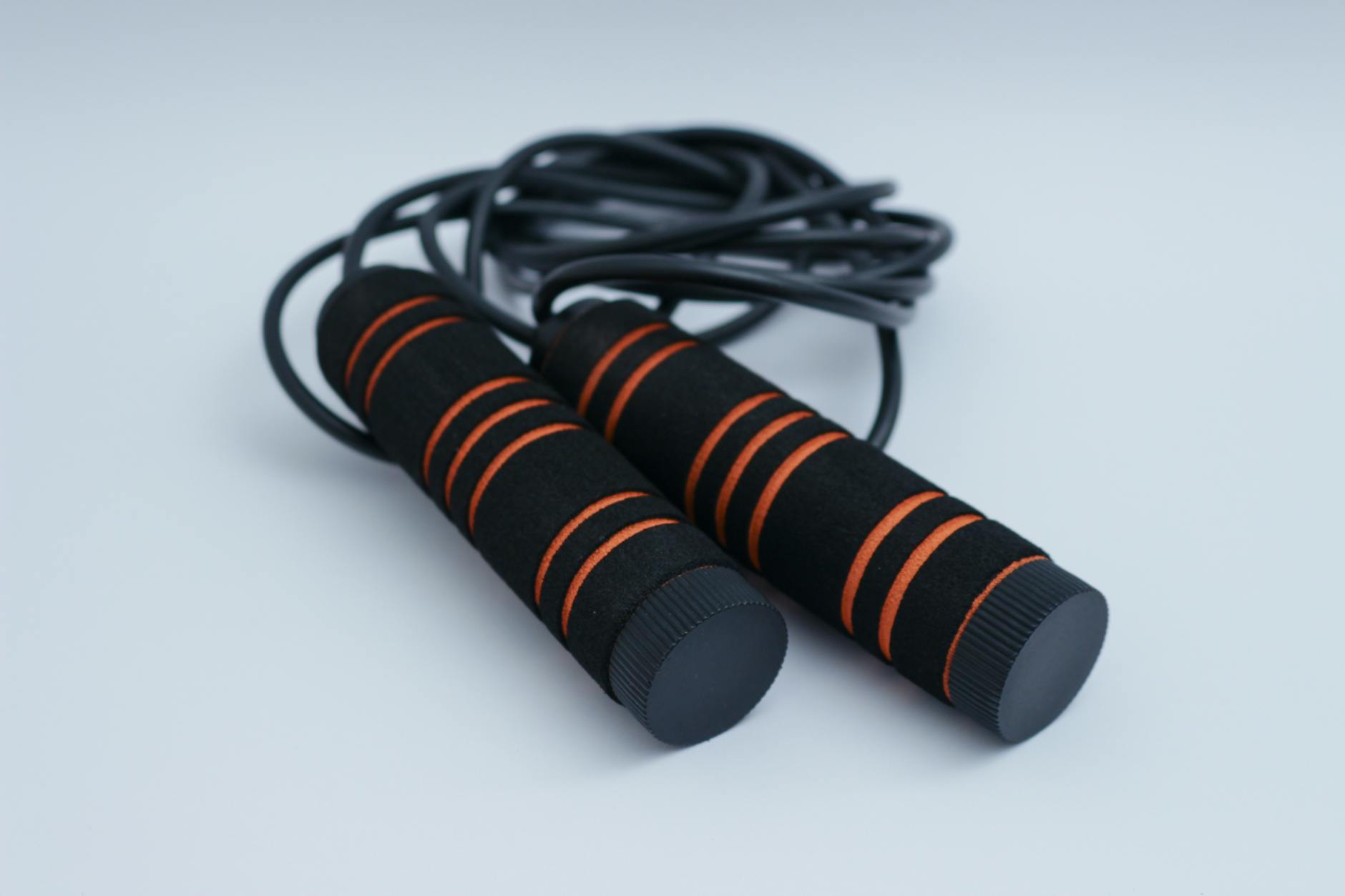Yoga isn’t as difficult or mysterious as many people think. You don’t have to twist into complex shapes or hold your breath for long minutes to start. Yoga is something that anyone can learn, step by step, with patience and care.
Whether you’re looking to stretch your body, calm your mind, or simply start a new healthy habit, this guide will help you begin yoga the right way. We’ll talk about simple poses, common mistakes, the role of expert guidance, and how yoga connects deeply with meditation. Most importantly, you’ll learn how to practice safely and with consistency, whether you’re doing yogasana at home, in a park, or at a studio.
What Exactly Is Yoga?
Yoga is more than just physical movement, it’s a complete system for well-being. It combines body postures (called asanas), breathing exercises (pranayama), and meditation. Yoga began in India thousands of years ago and is now practiced worldwide, for good reason. Yoga helps your body feel better and your mind feel calmer.
At its core, yoga is about balance. It balances strength and flexibility, effort and relaxation, mind and body.
You Can Learn Yoga Easily But Gently
One of the biggest misconceptions about yoga is that you need to be flexible or strong to begin. You don’t. In fact, many people who start yoga can’t touch their toes, and that’s completely okay.
You can begin with just a few simple movements and breathing exercises. Over time, as your body learns and adapts, you can explore more advanced poses. The key is to go slow and listen to your body.
Popular Yoga Poses That Are Great for Beginners
Here are a few poses that are beginner-friendly and form the foundation of most yoga sequences:
1. Mountain Pose (Tadasana)
A simple standing pose that helps with posture and balance.
2. Child’s Pose (Balasana)
A restful pose that gently stretches the back and calms the mind.
3. Cat-Cow Stretch (Marjaryasana/Bitilasana)
A gentle flow between arching and rounding your back to warm up the spine.
4. Downward Dog (Adho Mukha Svanasana)
Great for stretching the back, shoulders, and legs.
5. Tree Pose (Vrikshasana)
A balancing pose that strengthens the legs and improves focus.
These poses may seem basic, but they are deeply effective when done with correct breathing and awareness. They’re also safe for most people and can be modified easily.
The Importance of Expert Guidance
It’s easy to open a video or follow an app, but here’s something many beginners don’t realize: not all yoga poses are safe for everyone.
Every body is different. What feels easy for one person may be hard or even risky for another. This is why learning from a certified yoga teacher at least at the beginning is highly recommended.
Here’s why expert guidance matters:
- A teacher can correct your posture, so you don’t injure yourself.
- They can help you adjust poses to suit your body.
- You’ll learn the right breathing technique.
- You’ll understand why each pose is done, and not just how.
Trying to force your body into poses, or copying advanced yogis on Instagram, can lead to injuries, especially in the back, knees, or neck. Yoga should heal your body, not hurt it.
So, if you’re serious about practicing yoga, take at least a few sessions with a trained teacher. After that, you’ll know how to practice on your own more safely.
Understand Your Body, Don’t Push It Too Hard
Yoga teaches you to respect your body. This is one of its most valuable lessons.
Your body may not do certain poses easily. That’s okay. You might have tight hamstrings, stiff shoulders, or weak wrists. Forcing yourself into deep stretches without preparation can do more harm than good.
Instead of pushing through pain, yoga teaches you to notice your limits and work within them.
You’ll be amazed at what consistency and patience can do. Over weeks and months, your flexibility and strength will grow naturally.
Rushing in Yoga Is a Common Mistake
We live in a fast-paced world. Many beginners bring that mindset into yoga, trying to rush through sequences or skip ahead to advanced poses. This defeats the purpose of yoga.
Yoga is about being present. It’s about feeling your breath and movement, not rushing to finish a session. Rushing through yoga:
- Breaks your breathing rhythm.
- Increases your risk of injury.
- Makes you lose awareness of your body.
Instead, focus on each movement. Even the simplest pose can be powerful if done with full attention.
Yoga and Meditation Go Hand in Hand
Yoga and meditation are often treated as two separate things, but they’re deeply connected.
Yoga prepares your body and breath for meditation. After a yoga session, your mind is more relaxed, your body less restless. That’s the perfect time to sit quietly, close your eyes, and meditate, even if it’s just for 5 minutes.
Meditation helps you:
- Calm your thoughts.
- Handle stress better.
- Sleep more peacefully.
- Feel more connected to yourself.
You can start with breath awareness, just watching your inhale and exhale. Or try guided meditations to help focus your mind.
Practicing both yoga and meditation, even for a short time daily, can create big changes in your mood, energy, and mindset.
Indoor vs. Outdoor Yoga: What’s Better?
Yoga can be done anywhere. Both indoor and outdoor spaces have benefits. Here’s how to decide:
Indoor Yoga
- Controlled environment (no wind or noise).
- Ideal for focusing or following online classes.
- Best during bad weather.
Outdoor Yoga
- Fresh air and nature help with mood.
- You feel more energized and grounded.
- Ideal for morning sessions in a quiet park or garden.
Try both and see which you enjoy more. Some people like doing gentle stretches indoors in the evening and practicing energizing poses outdoors in the morning sun.
The Power of Consistency
If there’s one thing that truly makes a difference in yoga, it’s consistency.
You don’t need to practice for an hour every day. Even 10–15 minutes a day can have a big impact. Set a schedule you can stick to. Maybe:
- 10 minutes of stretching in the morning.
- 20 minutes of guided yoga twice a week.
- 5 minutes of meditation before bed.
Consistency helps:
- Build muscle memory.
- Improve posture and flexibility gradually.
- Reduce stress and anxiety in the long run.
- Make yoga a natural part of your routine.
Remember: it’s better to do a little often than to overdo it and burn out.
Useful Tips Most Guides Don’t Tell You
Here are a few practical things that are often missed in beginner guides:
1. Not Every Pose Is for Everyone
Some poses like headstands or deep backbends may look impressive but are risky for beginners. It’s okay to skip them or try easier versions.
2. Yoga Can Be Intense
You might feel sore after your first few sessions. That’s normal. It means your body is waking up new muscles.
3. It’s Okay to Rest
If you’re tired or unwell, do only breathing or meditation. Yoga is not about pushing, it’s about healing.
4. Breathing Is More Important Than You Think
If you’re holding your breath, you’re doing it wrong. Smooth, slow breathing is the heart of yoga.
5. Yoga Is Not Just for the Flexible
You don’t need a dancer’s body to do yoga. In fact, many people gain flexibility only after practicing regularly.
Bringing Yoga into Your Life
You don’t need to change everything in your life to start yoga. Begin small. Here’s how:
- Set a regular time every day or week.
- Create a calm space at home or find a peaceful outdoor spot.
- Choose a style that suits you: slow, fast, spiritual, or fitness-based.
- Track your mood and body changes, see what works best for you.
And most importantly, be gentle with yourself.
Final Thoughts: Yoga Is a Journey, Not a Goal
Yoga isn’t a race. It’s not about how many poses you can do or how deep you can stretch. It’s about being present, breathing fully, and treating your body with kindness.
If you practice regularly, even just a little, you’ll start to notice subtle but powerful changes, better sleep, more patience, improved focus, less tension in your body.
So take that first step today. Roll out your mat. Close your eyes. Breathe deeply. You’ve already started your yoga journey.
Disclaimer:
This article is for general guidance only. Always consult a healthcare provider or certified yoga instructor before starting a new practice, especially if you have medical conditions or injuries. Listen to your body and avoid any movement that causes pain.



